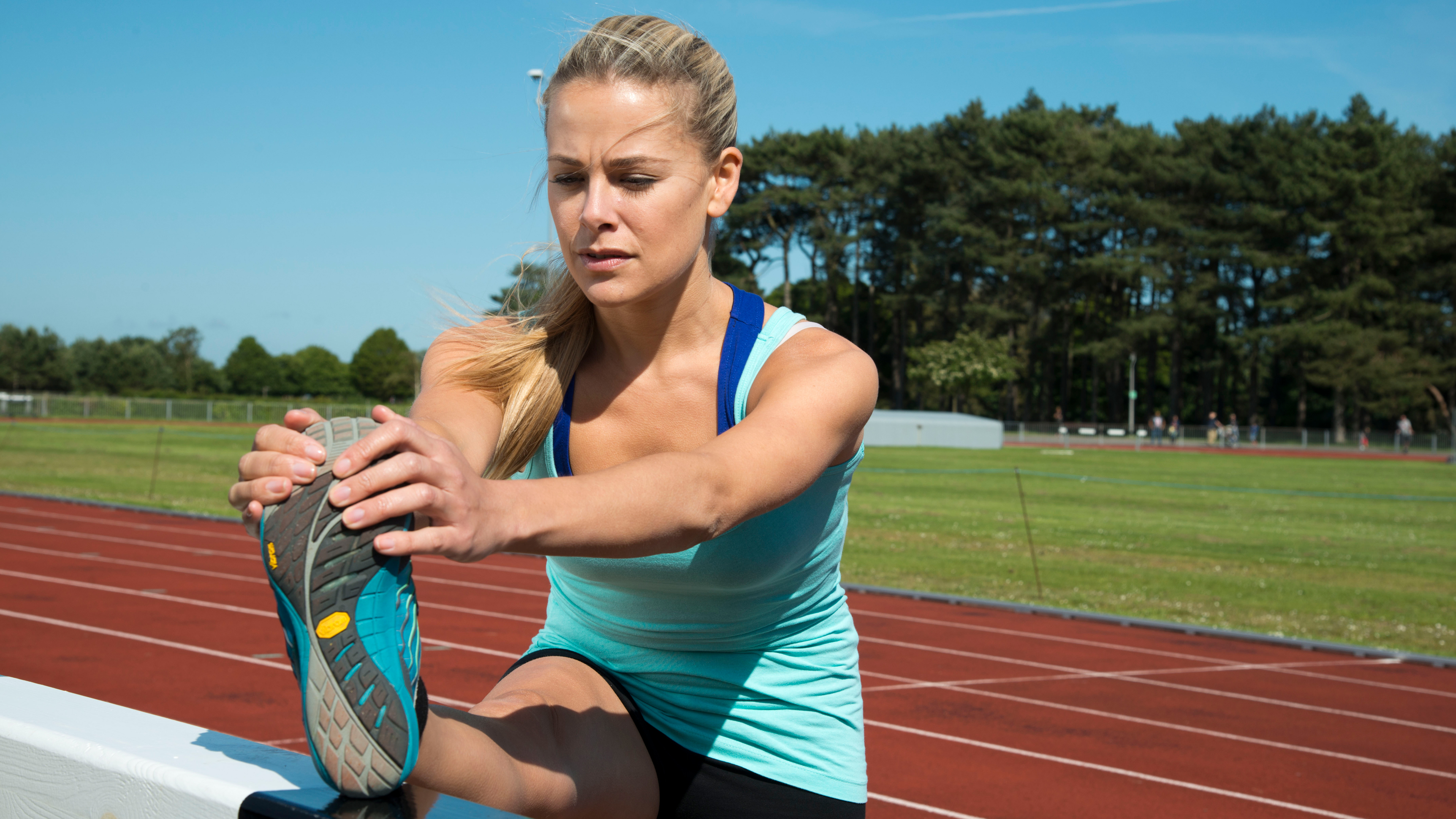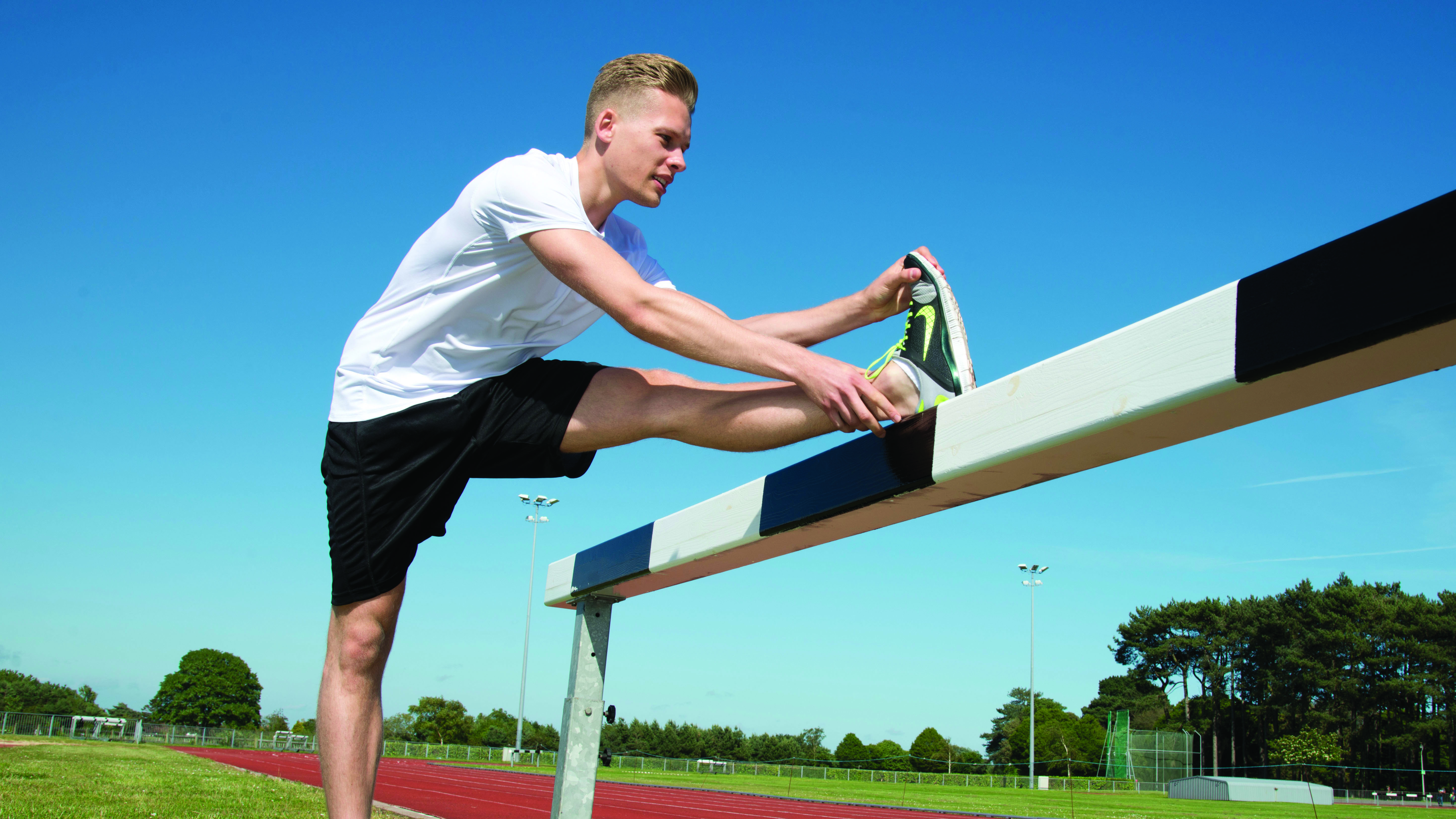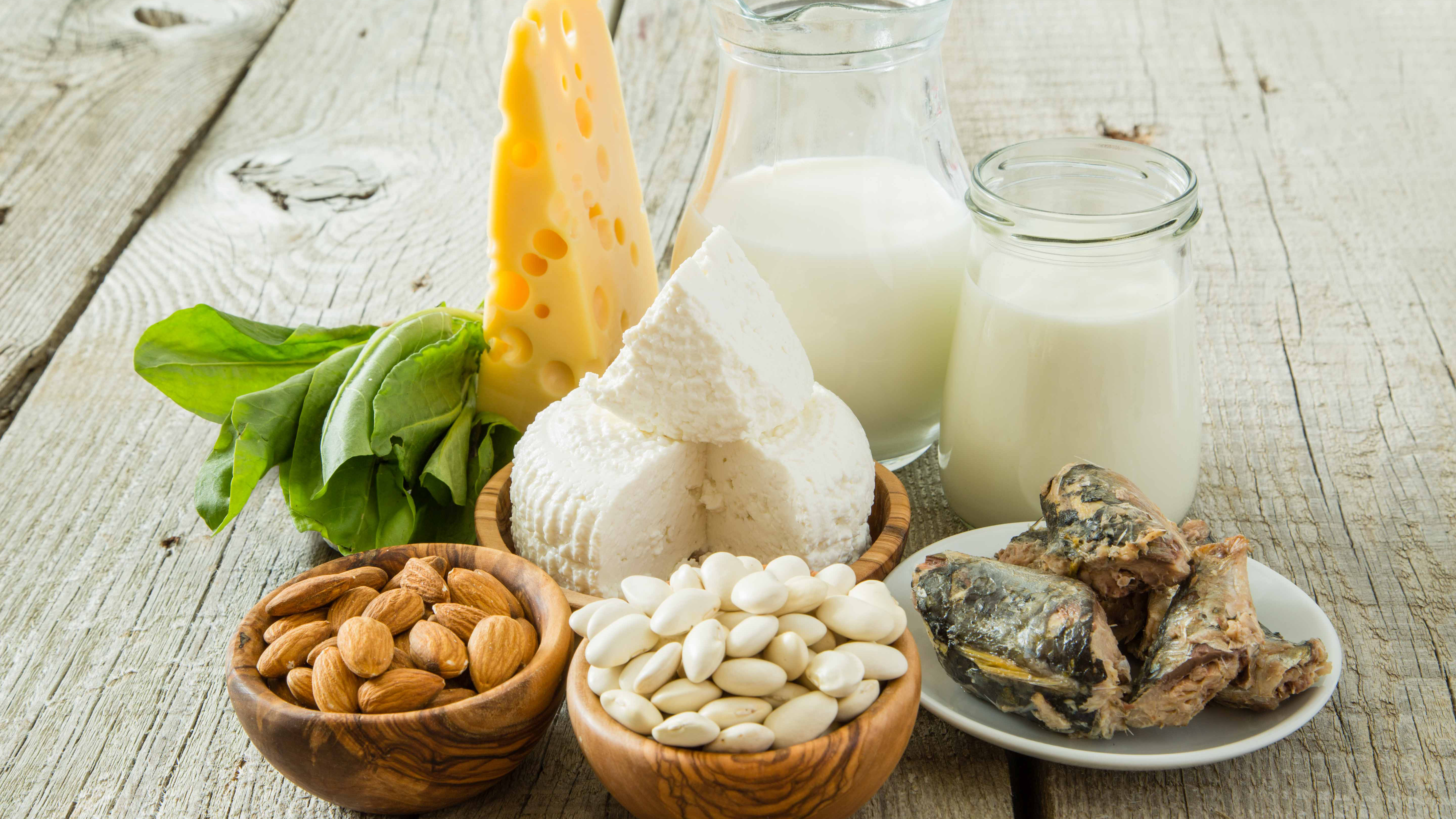How to recover properly after a run
Recovery is an essential part of any training programme both to prevent and recuperate from injury

We mention the importance of recovery all the time, as it is vital to becoming a successful runner. Even from when you go out for your first run, you need to be thinking about recovery. There are lots of different kinds of recovery you need to be aware of: rest days, active recovery and post-injury recovery.
The first of these is something that we all need to be doing. Taking a set number of rest days every week is one of the easiest ways to prevent injury and overtraining. When you first start out running, we advise that you never run on consecutive days.
You can cross-train on days after a run, but make sure that at least twice a week you rest completely. This enables your body to heal any small muscle tears and soreness, which will help you to become a stronger runner in the long run. You can use these rest days to stretch out your muscles if they are tired and to have a hot bath to help the recovery process.
When you start running more and more, you may start to hear about active recovery. This is usually only associated with long-distance running, especially half marathons and marathons. This is when you run a couple of easy miles the day after a long run session. This helps to stop the muscles from tightening, as well as flushing waste products from the legs.
When you first start running, it is unlikely that you will need to worry about active running recovery. You may find, however, that doing something active helps to reduce aching muscles, so consider swimming or walking on your rest days when you have built up a strong running base.
Recovery after a race is also important, as you tend to run faster than usual so you need to recover more. A general rule of thumb is that you should take one rest day for every mile of the race so, for a 5K, which is 3.1 miles, a clear three days before running again is recommended as rest time. By ensuring that you take rest days, then you can prevent injuries caused by overtraining, but none of us are immune from other kinds of minor injuries such as pulled muscles, shin splints, twisted ankles and sore knees.
Top tip: List your recovery

When you are planning a training schedule, make sure that you give your recovery days the same treatment as your running days. Block them out in your diary and you will be less tempted to try and squeeze in an extra run. Recovery is key to a training programme at any level, so treat it with the same importance.
These injuries tend to heal themselves, in anything from a week to a month, but as soon as you feel something hurting, stop running. Take a few days of complete rest and ice the area that hurts if there is inflammation. Stretch the area gently to help with its recovery. When the pain subsides, you can try some cross-training to strengthen the area again, but don’t attempt to run until you can walk comfortably with no pain.
Start your week with achievable workout ideas, health tips and wellbeing advice in your inbox.
As part of the recovery process, you need to step back in your running. You can’t go straight back where you left off. For your first run, take walk breaks and only go out for half the time or distance that you were doing when you got injured. Over the next couple of weeks, you can start to build back up your distance and time until you are back up to normal.
The more serious the injury, the more recovery time that you need to take. For sprains, tears and breaks, listen to your doctor as they will tell you when you are ready to go back to running. It only takes about two weeks for your fitness to begin to drop off, but you will be
able to build back up faster than starting from scratch. The key is to listen to your body.

Eating for recovery
1. Protein
Protein is crucial in helping to repair muscles and strengthen them. You can find it in chicken, fish and nuts, or try protein shakes after a run.
2. Calcium
Calcium-rich foods help to build strong bones, which is an essential asset when running with all that impact being forced through your body.
3. Vitamins and minerals
Iron helps to build blood, zinc can help heal wounds, vitamin C can build a strong immune system. Ensure you get a good variety in your daily diet.
4. Good fats
Make sure to include sources of Omega 3 in your diet, including flaxseed, tofu, fish and walnuts, for example. Your muscles use these for energy.
5. Carbohydrates
Complex carbs, like brown rice and wholemeal pasta, give you slow-release energy to help refuel after a run. Try and incorporate them into your diet regularly.
Launched in 2020, Fit&Well.com is all about helping you meet your health and fitness goals in ways that are fun and achievable. With news and features on fitness, weight loss, running, nutrition, yoga, wellness and more, we're committed to helping you wherever you are on your fitness journey. We break down the best fitness tech, with reviews, buying guides and the latest deals on fitness and wellness kit, from dumbbells to diffusers.
We cater for all difficulty levels here. It doesn't matter if you're a beginner in the world of fitness or you're gearing up for your tenth marathon: we're all moving towards the same goal – creating a healthier, happier you. From guides on getting started doing walks around the block, to creating the perfect work-from-home space, to eating to fuel your first triathlon. It's all here.

